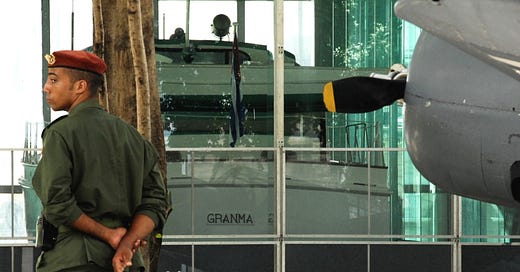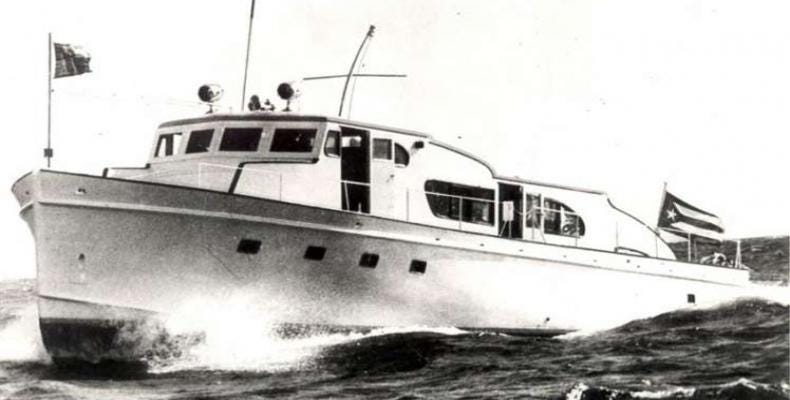Bromance and a Boat: The Voyage That Changed Everything and Gave Us Modern Miami
How Fidel Castro Invaded Cuba in a Yacht Named 'Granma'

For reasons perhaps cultural, perhaps political, this story was untold in the English-speaking world until about five years ago when I wrote an earlier version for PassageMaker magazine. I’m revisiting the story so readers will have some background when I ask for their help in the near future to fill in a missing piece of this history.
Arguably, the most consequential seaborne invasion of the second half of the 20th century was not the 1950 Inchon landing of the Korean War, but a singular amphibious landing a few years later and closer to home.
In 1956, Fidel Castro and 81 fighters landed in eastern Cuba after a 1,200-nautical mile voyage from a port in Mexico. The invasion succeeded—barely—because a 60-foot motoryacht with the unlikely name of Granma completed an ocean passage that should never have been attempted.
Yet, three years after a disastrous landing, Castro had seized power in Cuba, and that’s when all that consequential stuff started happening.
Right away, the U.S. tried to overthrow the new Cuban leader, launching a calamitous invasion of its own at the Bay of Pigs. Then, in 1962, the world was brought to the brink of nuclear holocaust by the Cuban Missile Crisis. Then came a string of minor matters by comparison—multiple CIA attempts to assassinate Castro, and the Cuban Army defeat of South Africa’s military in Angola.
During Castro’s rule, hundreds of thousands of Cubans fled to the U.S., where their influence in Florida presidential politics became profound, including a significant preference for Donald Trump in that battleground state. The Miami Herald newspaper recently called Castro “the unwitting father of modern Miami.”
All that mischief, because Castro got lucky with Granma.
Keep reading with a 7-day free trial
Subscribe to LOOSE CANNON to keep reading this post and get 7 days of free access to the full post archives.



